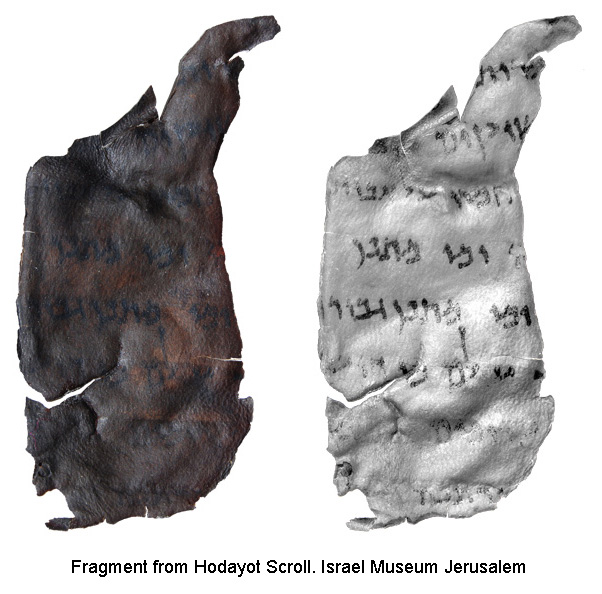Multispectral imaging
Multispectral imaging plays a significant role in cultural heritage preservation and analysis. By capturing images across multiple wavelengths, including ultraviolet, visible, and infrared light, multispectral imaging can reveal details not visible to the human eye alone. Here are some ways it’s used:
Artifact and Manuscript Examination: Multispectral imaging can unveil hidden text, drawings, or alterations on ancient manuscripts and artifacts. For instance, faded or obscured writings on ancient parchments or manuscripts can be made visible through multispectral analysis.
Art Restoration: In art restoration, multispectral imaging assists conservators in understanding underlying layers of paint, revealing previous restorations, alterations, or the original artist’s intent. This non-invasive technique aids in making informed decisions about restoration processes.
Forgery Detection: Forgeries often involve attempts to mimic the aging process of genuine artifacts. Multispectral imaging can detect irregularities in materials or inconsistencies in aging patterns, aiding in the identification of forgeries.
Archaeological Site Analysis: Multispectral imaging helps archaeologists identify buried structures, ancient roads, and other features not easily visible on the surface. It can also detect subtle variations in soil composition that might indicate the presence of buried artifacts.
Preservation of Frescoes and Mural Paintings: Multispectral imaging assists in documenting and preserving delicate frescoes and mural paintings by revealing hidden layers, underlying sketches, or damages not visible to the naked eye. This information guides conservation efforts.
Analyzing Pigments and Materials: Different materials and pigments used in artworks degrade or change over time due to environmental factors. Multispectral imaging can identify these materials and provide insights into their composition, aiding in the preservation of cultural artifacts.
Digital Restoration and Visualization: Multispectral imaging data can be processed to create high-resolution, digitally restored versions of cultural artifacts. This enables researchers and the public to explore and study historical objects without risking damage to the originals.
Overall, multispectral imaging enhances our understanding and appreciation of cultural heritage while facilitating its preservation for future generations.

Photography: Moshe Caine
